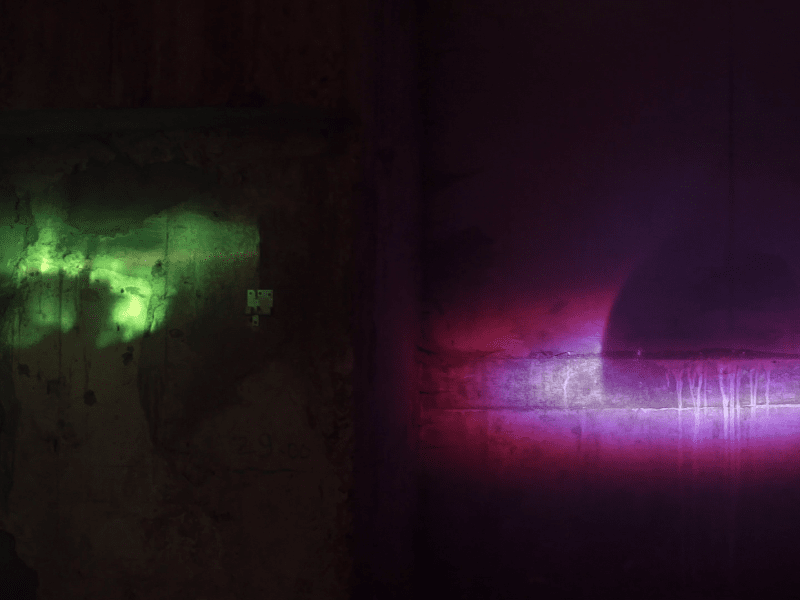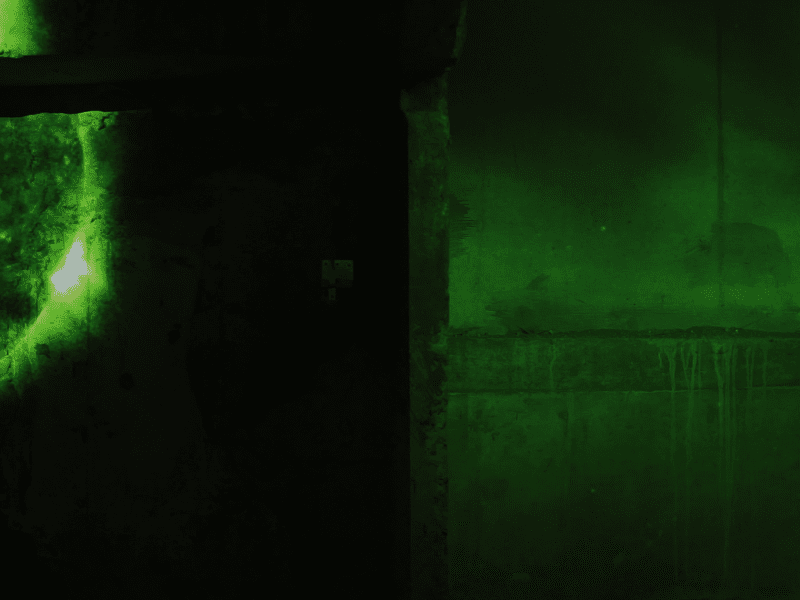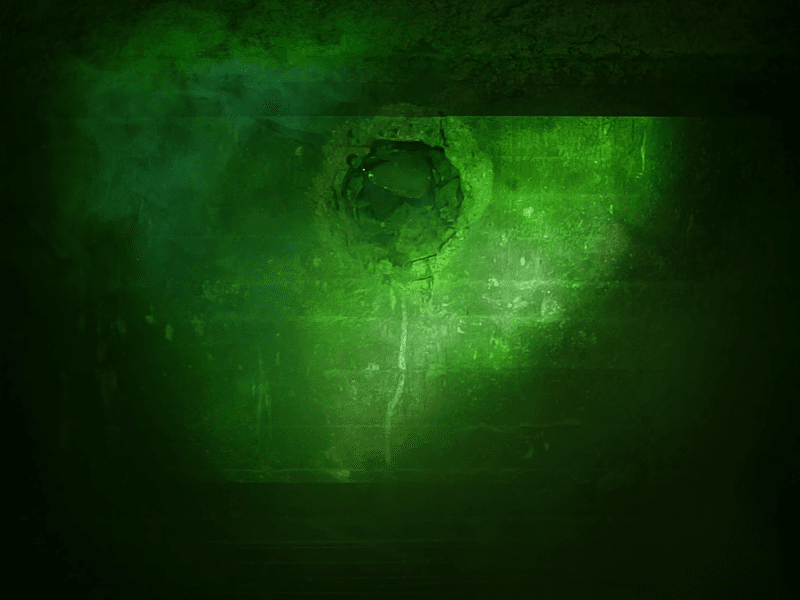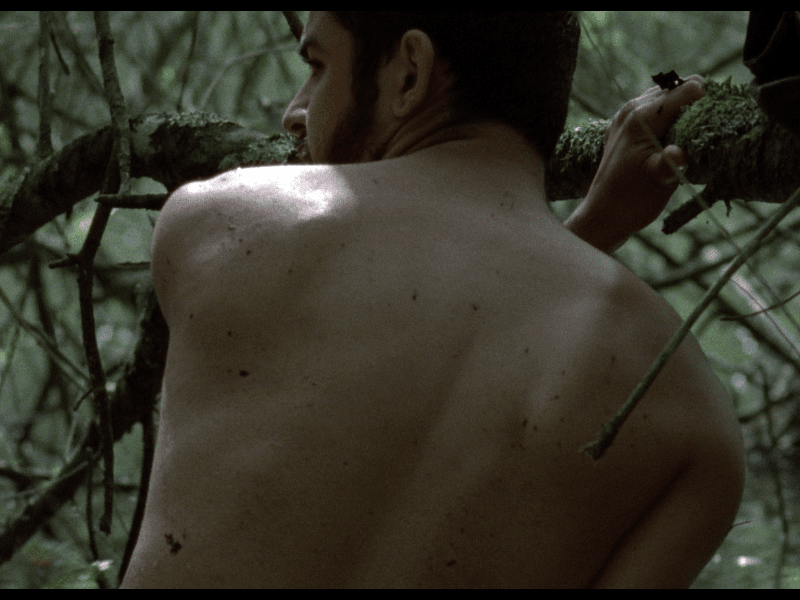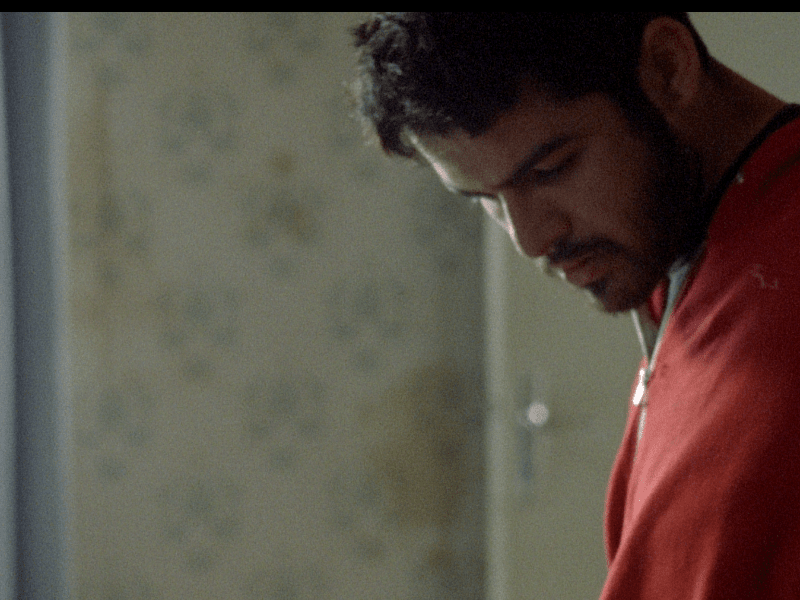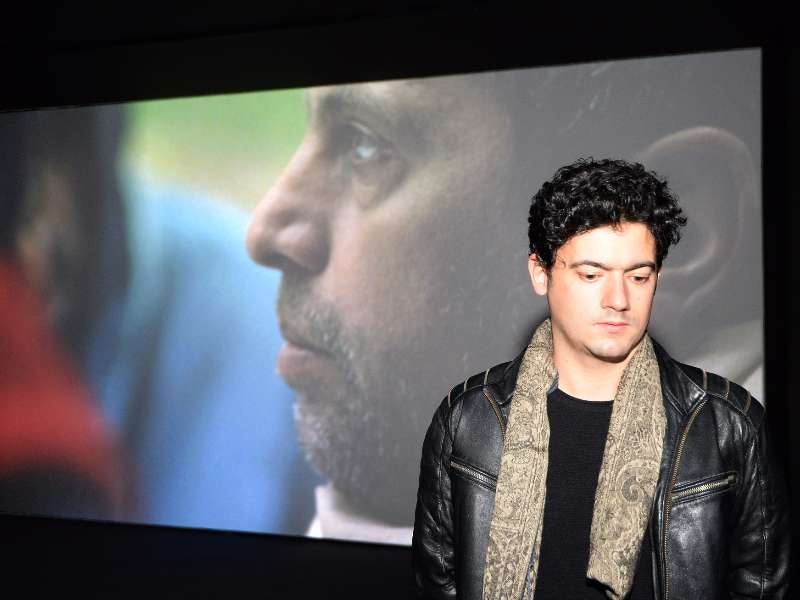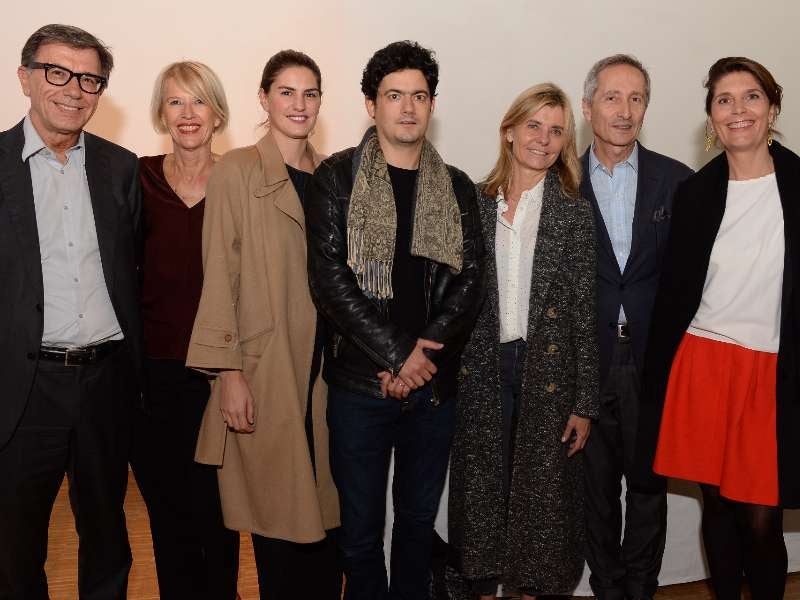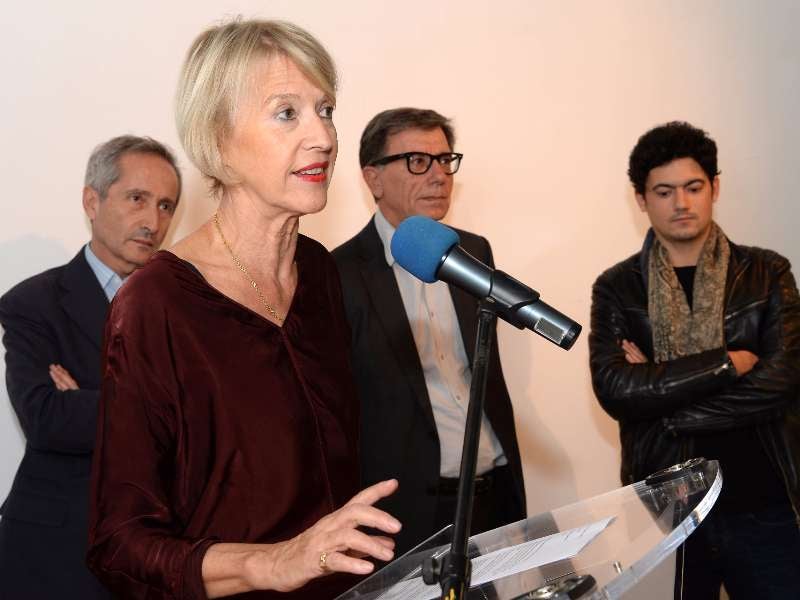Clément Cogitore Centre Pompidou
Award ceremony of the Prix de la Fondation d’entreprise Ricard 2016.
Every year since 2000, the Centre Pompidou has hosted the Prix de la Fondation d’entreprise Ricard, which rewards a young emerging artist from the French scene.
The Fondation d’entreprise Ricard donates the winners’ works to the Musée national d’art moderne, uniquely enriching its collections. In 2016, a jury of collectors and art professionals awarded the 18th Prix de la Fondation d’entreprise Ricard to artist Clément Cogitore. The prize was presented on the occasion of the 2016 exhibition “Paris” at the Fondation d’entreprise Ricard, curated by Isabelle Cornaro. Two works were selected to join the Centre Pompidou collection, representing two facets of the artist’s work: the short film Among us (2011) which is being presented among museum’s displayed comtemporary collections, and the video installation The Resonant Interval (2016), which was previously presented at the Palais de Tokyo, from July 13th to September 11th 2016.
Clément Cogitore
Born in 1983 in Colmar, Clément Cogitore lives and works in Paris. After studying at the Ecole supérieure des arts décoratifs in Strasbourg and Le Fresnoy in Tourcoing, he was awarded the Grand Prize at the 2011 Salon de Montrouge, and completed a residency at the Villa Medicis in Rome from 2012 to 2013. He is represented by Galerie Eva Hober in Paris and Galerie Reinhard Hauff in Stuttgart. His films and videos have been screened at international festivals and in several institutions and museums, including the Palais de Tokyo in Paris and the Museum of Modern Art in New York. His first feature-length film Neither Heaven nor Earth (2015, 1h 40min) won the Gan Foundation Award at the Cannes Festival. It was also nominated for “Best First Film” at the César Awards, and received the 2016 Henri Langlois Prize.
Clément Cogitore is interested in the human condition, exile or news stories that enable him to explore our perception of reality and what he calls the “belief pact” that a story establishes with the viewer. These fabricated stories, created from scripts, from performative mises en scène, and from video montages made up of archive documents and photography, reveal the elusive, subjective element of history and bringing out various coexisting relationships with the world. In Cogitore’s view, “fiction is a way of organizing the chaos and mystery of the world, and so it is a way of living with it, with its absurdity and brutality” (the artist, quoted by Anaël Pigeat in the monograph “Atelier”, published by Les Presses du Réel, 2014, p.12).
Not wanting to restrict himself to one particular style, Cogitore oscillates between the worlds of video art and cinema, which operate in different ways that inspire him: “To me, contemporary art or art in general is the opposite of the film industry (…). There are certain video works that are made with small crews, just as there are pieces that I make all by myself with a tiny camera from beginning to end. This allows me to reconsider my relationship with image creation, that is to say it helps me never get stuck in one way of thinking, one way of looking at the world, at the actors, people and landscapes that I film; every time, I try to find the form that is most unique in relation to what I’m trying to implement”.
Among Us, 2011
Short narrative film
Shot in 35mm, transferred to HD
Running time: 30min
Kazak production (Paris), co-produced with France 2
Clément Cogitore shot the short film Among Us in 2010-2011 during his stay in the French department of Nord, near the refugee camps in Calais. This stay gave him the chance to tackle the subject of borders and the migratory flow that already existed at that time, in order to “(…) talk about borders, not just political ones, but borders drawn by the world of the citizen and non-citizen, and also a more symbolic, more spiritual border that separates the worlds of the dead from the world of the living”.
The narrative film Among Us recounts the destiny of Amin, a young Afghan stowaway who hopes to reach England. He has just joined a wild camp in the forest, near the loading zone where the police and their dogs are on the lookout for stowaways attempting to hide under trucks that cross the border. We follow Amin, seeing the precarious conditions of this life, and then one night, he makes another attempt to cross the border, but gets caught by a dog. When he wakes up, he finds himself in the apartment of a young woman, who explains that the border yielded.
The Resonant Interval, 2016
Video installation
HD video, color, 23min
Edition 1/5 + 2 A. P.
Produced by the Palais de Tokyo and Futur antérieur productions, with support from SAM Art Projects, SCAM, the CNC-Dicréam and the DRAC Alsace
Inspired by Marshall McLuhan’s words: « A border is not a connection but an interval of resonance », the title of the work The Resonant Interval refers to events with unexplained physical origins, particularly the supposed perception of sounds emitted by northern lights, and the apparition of a mysterious light formation in Alaska. In both cases, Inuit and Saami superstitions and belief systems interfere with the search for scientific explanations, until they are finally demonstrated by a scientist capable of believing in these phenomena and examining them.
In the artist’s view, this story becomes a kind of metaphor for perception, for the relationship between perception or belief and reality, which is central in his work: “(…) it is not a documentary on that particular phenomenon or on how the phenomenon ends up getting demonstrated, but rather a kind of mash-up of different levels of interpretation, stories about relating to the world, that converge upon a phenomenon at a given moment.” (Clément Cogitore)
These works are joining the collection of the Centre Pompidou, Musée national d’art moderne, following those of Didier Marcel, Natacha Lesueur, Tatiana Trouvé, Boris Achour, Matthieu Laurette, Mircea Cantor, Loris Gréaud, Vincent Lamouroux, Christophe Berdaguer et Marie Péjus, Raphaël Zarka, Ida Tursic et Wilfried Mille, Isabelle Cornaro et Benoît Maire, Adrien Missika, Katinka Bock, Lili Reynaud-Dewar, Camille Blatrix, Florian Pugnaire and David Raffini, respectively winners of the Prize from 1999 to 2015.
